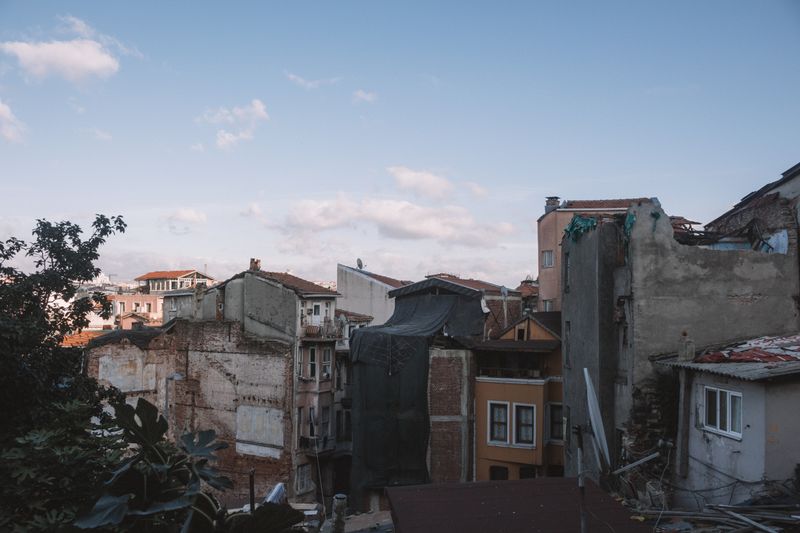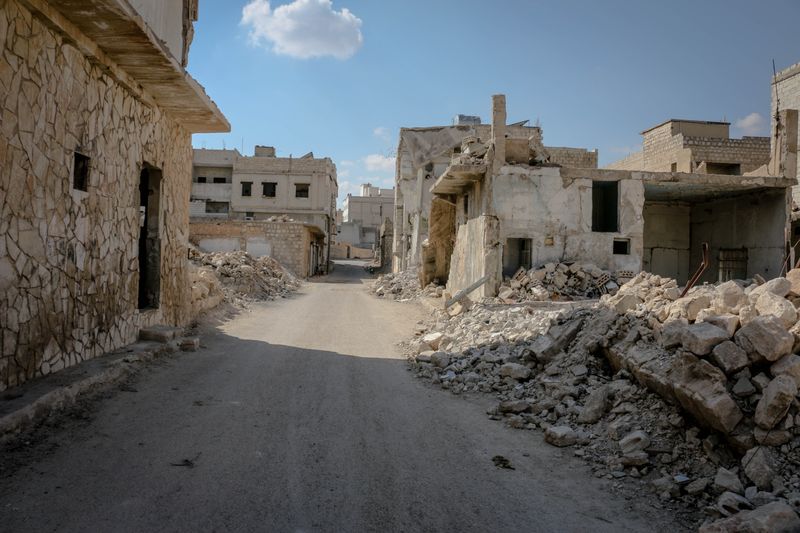Another Earthquake Strikes Victoria Overnight
Largest Recorded Earthquake in the State since 2021
Victoria, Australia experienced yet another earthquake during the early hours of the morning. The magnitude 4.6 quake, which struck near Mt Baw Baw in eastern Victoria at approximately 1:30 am, was the largest earthquake recorded in the state since a major quake in September 2021. The earthquake, occurring at a depth of seven kilometers near Rawson, approximately 130 kilometers east of Melbourne, has caused shaking and a “growling noise” to be felt by many residents in the affected areas.
Previous Earthquakes in the Region
This recent tremor follows a magnitude 3.8 quake near Sunbury, on the north-west fringe of Melbourne, in late May. The tremor in May was significant as it was the largest earthquake to hit metropolitan Melbourne in 120 years. Additionally, the largest earthquake ever recorded in Victoria was a 5.9 magnitude tremor in September 2021, which caused damage to buildings in Melbourne and was felt across south-eastern Australia.
Expert Analysis on the Recent Earthquake
According to Dr Dee Ninis from the Seismology Research Centre, the High Country quake experienced on Friday is considered as a typical aftershock from the September 2021 tremor. Dr Ninis stated that while there is always the possibility of a larger earthquake occurring, the recent event falls within the expected aftershock sequence. The earthquakes are a result of the release of strain build-up that also caused the main shock or a response to the redistribution of stress from the original earthquake.
Dr Ninis further added that the recent tremor was relatively deep, approximately 10 kilometers underground, which suggests that any potential damage would be minor and close to the epicenter. She also provided clarification on the naming system for earthquakes, explaining that even though the epicenter is located about 50 kilometers north of Rawson in remote forest, GeoScience Australia’s automated system names tremors after the nearest sizable town.
Response from Residents
Reports indicate that more than 9000 people, including residents in parts of Melbourne, have reported feeling the recent earthquake. While there have been no reports of significant damage caused by the tremor, individuals experienced varying degrees of shaking and noise. Some residents described the sensation as a howling wind followed by the shaking of windows, while others felt a growling noise from outside their homes.
Residents who have experienced previous earthquakes in Victoria noted that this recent tremor felt different. Some individuals reported that objects such as glasses and plates in their cabinets shook, whereas in previous tremors, they only noticed the movement of their houses. The depth of the earthquake is speculated to have influenced the varying experiences residents had during the event.
Philosophical Discussion: Earthquakes and the Fragility of Human Existence
As another earthquake strikes Victoria, it is inevitable to reflect upon the fragility of human existence in light of such natural disasters. Earthquakes are a powerful reminder of our vulnerability in the face of the uncontrollable forces of nature.
These seismic events provide an opportunity to contemplate the unpredictability and transient nature of life. They challenge our human tendency to believe in permanence and stability. Earthquakes remind us that the ground we stand on can shift at any moment, shattering our illusions of control and security. They force us to recognize the transitory nature of our lives and possessions.
Furthermore, earthquakes pose philosophical questions surrounding the meaning and purpose of life. In the face of such natural disasters, individuals often find themselves contemplating the fragility and preciousness of life. They are confronted with their mortality and the fleetingness of human existence. This confrontation with our vulnerability can serve as a catalyst for reevaluating the priorities and values in our lives.
Additionally, earthquakes challenge our perception of progress and the illusion of human dominance over the environment. Despite our advancements in technology and understanding of the physical world, earthquakes remain beyond our control. They serve as a humbling reminder of the limits of human knowledge and power.
Editorial: Preparing for Earthquakes in Victoria
Given the frequency of earthquakes in Victoria in recent years, it is crucial for both individuals and communities to be adequately prepared for these seismic events. While earthquakes cannot be prevented, their impact can be mitigated through informed planning and preparedness.
Education and Awareness
It is vital to prioritize education and awareness campaigns to ensure that residents understand the risks associated with earthquakes and how to respond effectively. Providing accessible information on earthquake safety measures, including building codes, emergency protocols, and evacuation procedures, can empower individuals to make informed decisions in times of crisis.
Building Resilient Infrastructure
Investing in resilient infrastructure can help minimize the damage caused by earthquakes. This includes enforcing strict building codes and regulations, conducting regular inspections of critical infrastructure, and implementing retrofitting programs for older buildings. By ensuring that structures are designed and built to withstand seismic events, the impact on human life and property can be significantly reduced.
Community Engagement
Fostering community engagement and collaboration is essential in building resilience and preparedness. Local governments, emergency services, and community organizations should work together to develop comprehensive earthquake response plans that address the specific needs of each community. Additionally, encouraging community members to participate in drills and simulations can improve their readiness and ability to respond in a crisis.
Personal Preparedness
Individuals should take personal responsibility for their preparedness in the event of an earthquake. This includes creating an emergency kit with essential supplies, such as food, water, medications, and important documents. Developing a family emergency plan and practicing it regularly can also help ensure a coordinated response. Additionally, being aware of the potential risks in the immediate surroundings and taking necessary precautions, such as securing heavy furniture and objects, can reduce the likelihood of injury during an earthquake.
By adopting a comprehensive and proactive approach to earthquake preparedness, Victoria can minimize the impact of future seismic events and protect the well-being of its residents.
In conclusion, the recent earthquake in Victoria serves as a reminder of the unpredictable nature of our world. While we cannot control natural disasters, we can take steps to prepare ourselves and our communities. By investing in education, infrastructure, and community engagement, Victoria can mitigate the impact of earthquakes and build resilience for the future.

<< photo by Emre Can Acer >>
The image is for illustrative purposes only and does not depict the actual situation.
You might want to read !
- Post Malone Down Under: A Spectacular Australian Tour Awaits
- Biden’s Take on the Supreme Court: A Deep Dive into the President’s Remarks
- Can Aspartame Really Increase the Risk of Cancer?
- Shaken from Slumber: Victoria Roused by 4.6 Magnitude Earthquake
- Shattered Ground: Unraveling the Impact of Melbourne and Victoria’s Earthquake
- Holocaust Denial Sparks Outrage: Roseanne Barr Faces Backlash for Controversial Remarks




